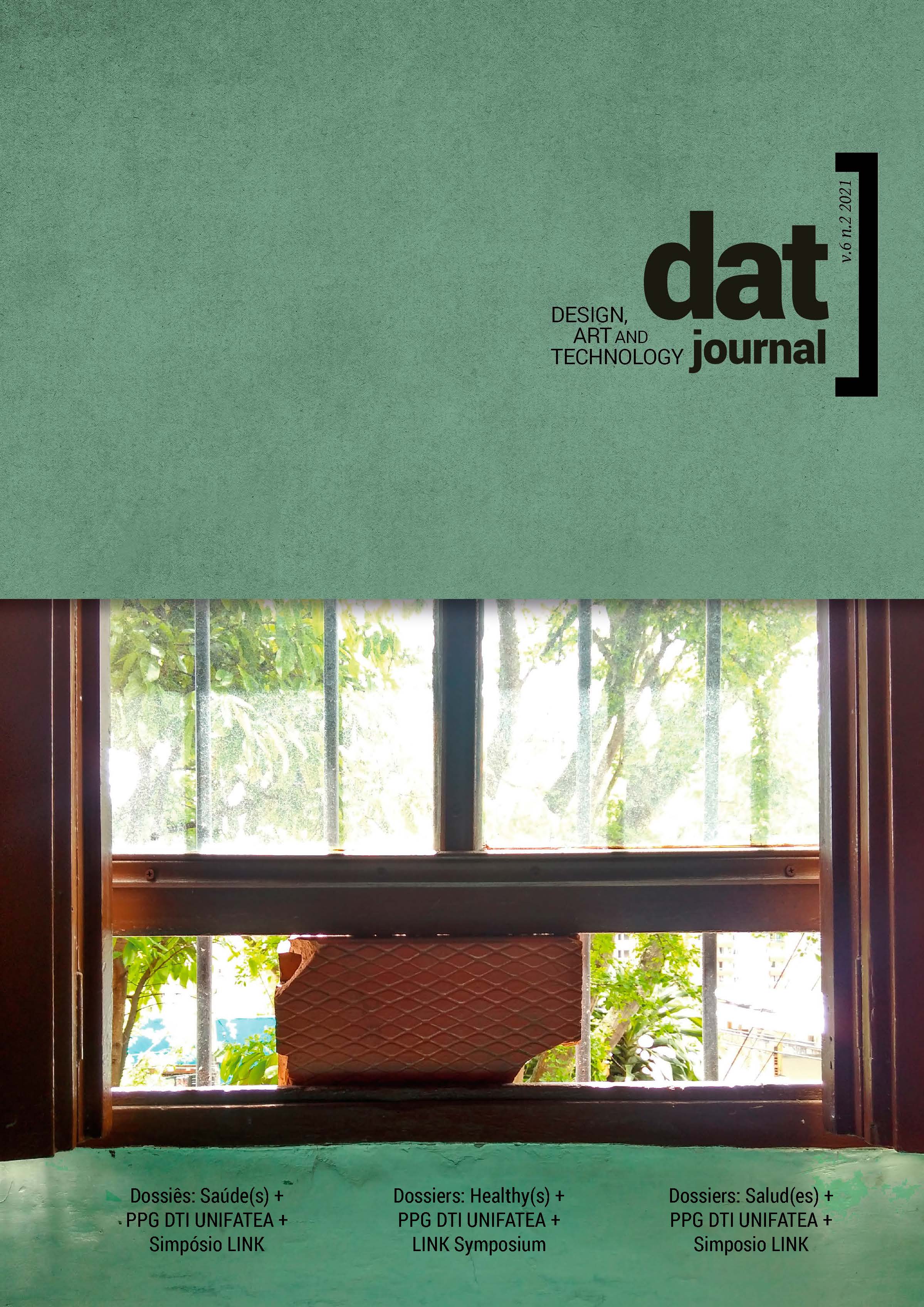Procesos analógicos para estudiantes de diseño digitalmente nativos
DOI:
https://doi.org/10.29147/dat.v6i2.413Palabras clave:
Educación en diseño, Actividad táctil, Tipografía analógica, Legibilidad, Texto no escalableResumen
Aunque las nuevas entradas de estudiantes de diseño de comunicación han crecido con la conectividad digital constante y las redes sociales, también se esfuerzan por comprender la relación entre la comunicación, la legibilidad y la usabilidad de una publicación impresa. Para los estudiantes que ingresan al curso de pregrado en Diseño de la Comunicación, carecen de sensibilidad estética y apreciación formal de los medios físicos, como la impresión. Se sienten cómodos explorando digitalmente o manipulando formas o texto en la computadora, pero cuando se trata de diseño para imprimir en medios no escalables, por ejemplo, papel, adolecen de nociones básicas de tipografía, como peso, tamaño, legibilidad y jerarquía. de información. En consecuencia, se desarrollaron dos actividades analógicas para su aplicación en el estudio de diseño, con exploraciones táctiles para complementar la enseñanza, el aprendizaje y también para ayudar a los estudiantes a aumentar la percepción formal y estética relacionada con la tipografía y el diseño de la comunicación. Este artículo presenta dos talleres desarrollados con el fin de abordar el tema de la materialidad en el estudio del diseño y considera su impacto en el trabajo producido por los estudiantes.
Descargas
Citas
Bauman, Z. (2000). Liquid modernity. Polity Press; Malden, MA.
Bigelow, C. (2019). Typeface features and legibility research. Vision Research, 165, 162–172. https://doi.org/10.1016/j.visres.2019.05.003
Bolkan, S., & Griffin, D. J. (2017). Students’ use of cell phones in class for off-task behaviors: The indirect impact of instructors’ teaching behaviors through boredom and students’ attitudes. Communication Education, 66(3), 313–329. https://doi.org/10.1080/03634523.2016.1241888
Cilliers, E. J. (2017). The challenge of teaching generation Z. PEOPLE: International Journal of Social Sciences, 3(1), 188-198.
Dezuanni, M., Erstad, O., Flewitt, R., Kümmerling-Meibauer, B., & Pereira. (2020). Minecraft ‘worldness’ in family life: Children’s digital play and socio material literacy practices. The Routledge Handbook of Digital Literacies in Early Childhood, 366-376. Routledge.
Grigg, J. (2020). Materials and tools as catalysts of invention in graphic design ideation. Design Studies, 70, 100960. https://doi.org/10.1016/j.destud.2020.100960
Hajian, G. (2020, December). Analog processes for digitally native students. In Link Symposium Abstracts 2020 (pp. 32-33). https://doi.org/10.24135/linksymposium.vi.13
Kraushaar, J. M., & Novak, D. C. (2010). Examining the Affects of Student Multitasking with Laptops during the Lecture. Journal of Information Systems Education, 21(2), 241–251.
Legge, G. E., & Bigelow, C. A. (2011). Does print size matter for reading? A review of findings from vision science and typography. Journal of Vision, 11(5),8–8. https://doi.org/10.1167/11.5.8
Prensky, M. (2001). Digital Natives, Digital Immigrants Part 1. On the Horizon, 9(5), 1–6. https://doi.org/10.1108/10748120110424816
Rothman, D. (2016). A Tsunami of learners called Generation Z. URL: http://www.mdle.net/JoumaFA_Tsunami_of_Learners_Called_Generation_Z.pdf.
Turner, A. (2015). Generation Z: Technology and Social Interest. The Journal of Individual Psychology, 71(2), 103–113. https://doi.org/10.1353/jip.2015.0021


























